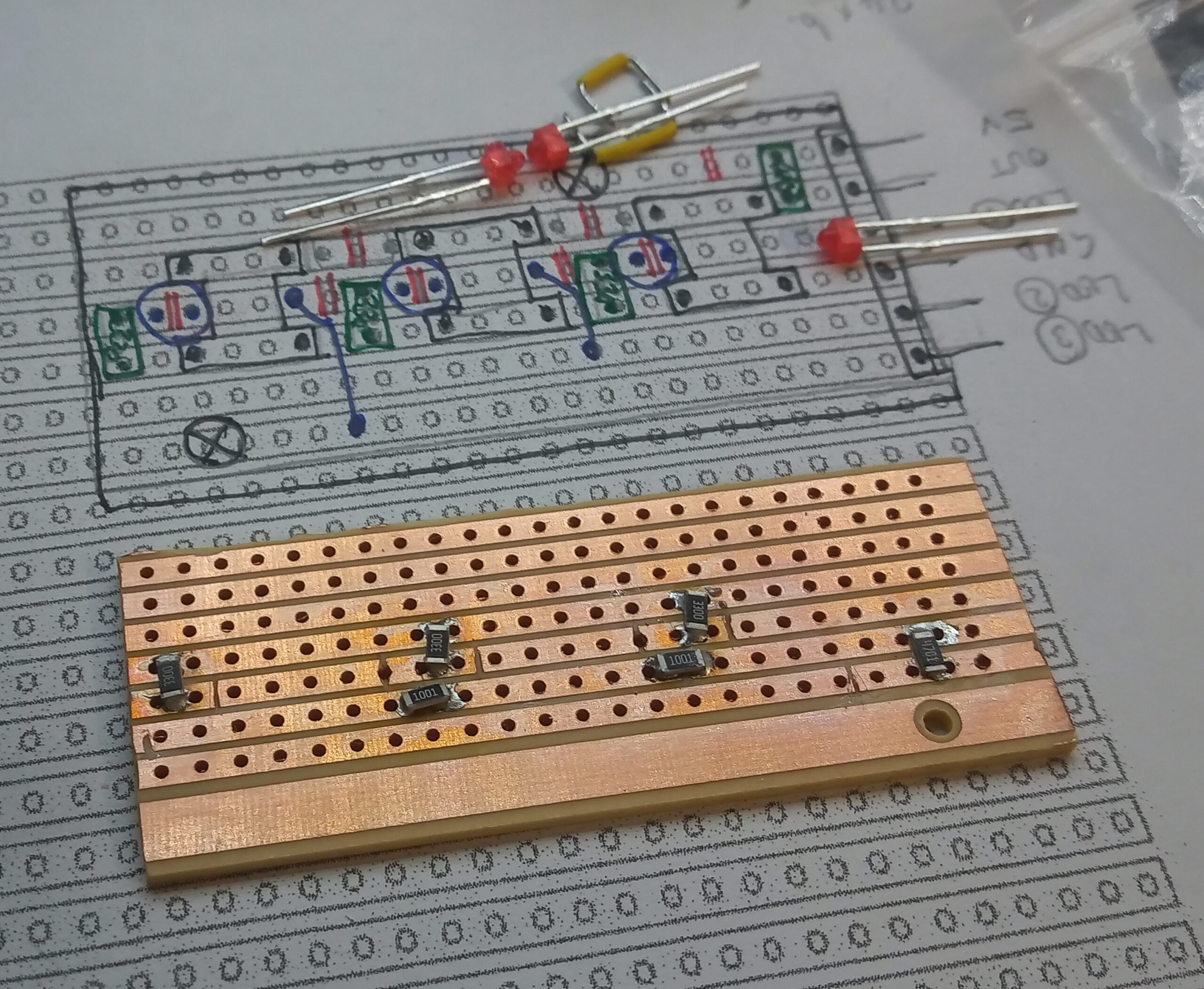
PCB Manufacture with LASER diode
Currently, all of the electronics in my projects are made using copper strip board (vero board). This is great for through-hole components, and larger SMD […]

Currently, all of the electronics in my projects are made using copper strip board (vero board). This is great for through-hole components, and larger SMD […]

When prototyping, my preferred protoboard is Verobaord/Stripboard as it has handy 2mm wide copper busses set at a 2.54mm (0.1inch) pitch. As a result, there […]
Copyright © 2025 | WordPress Theme by MH Themes